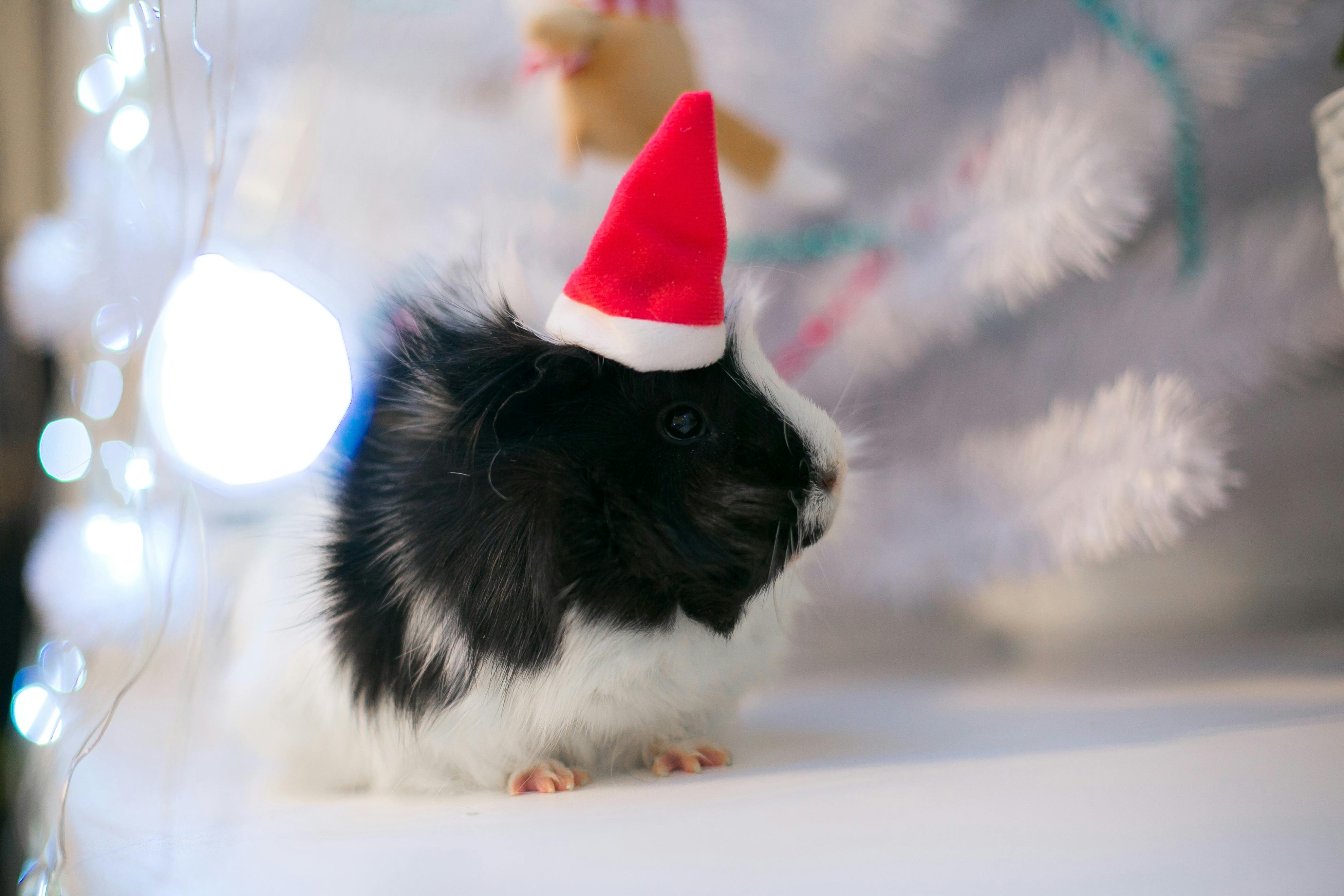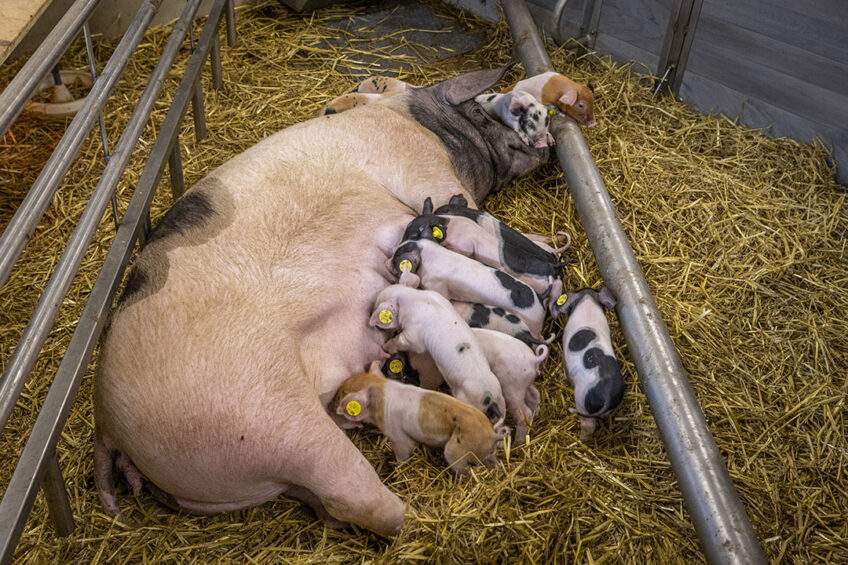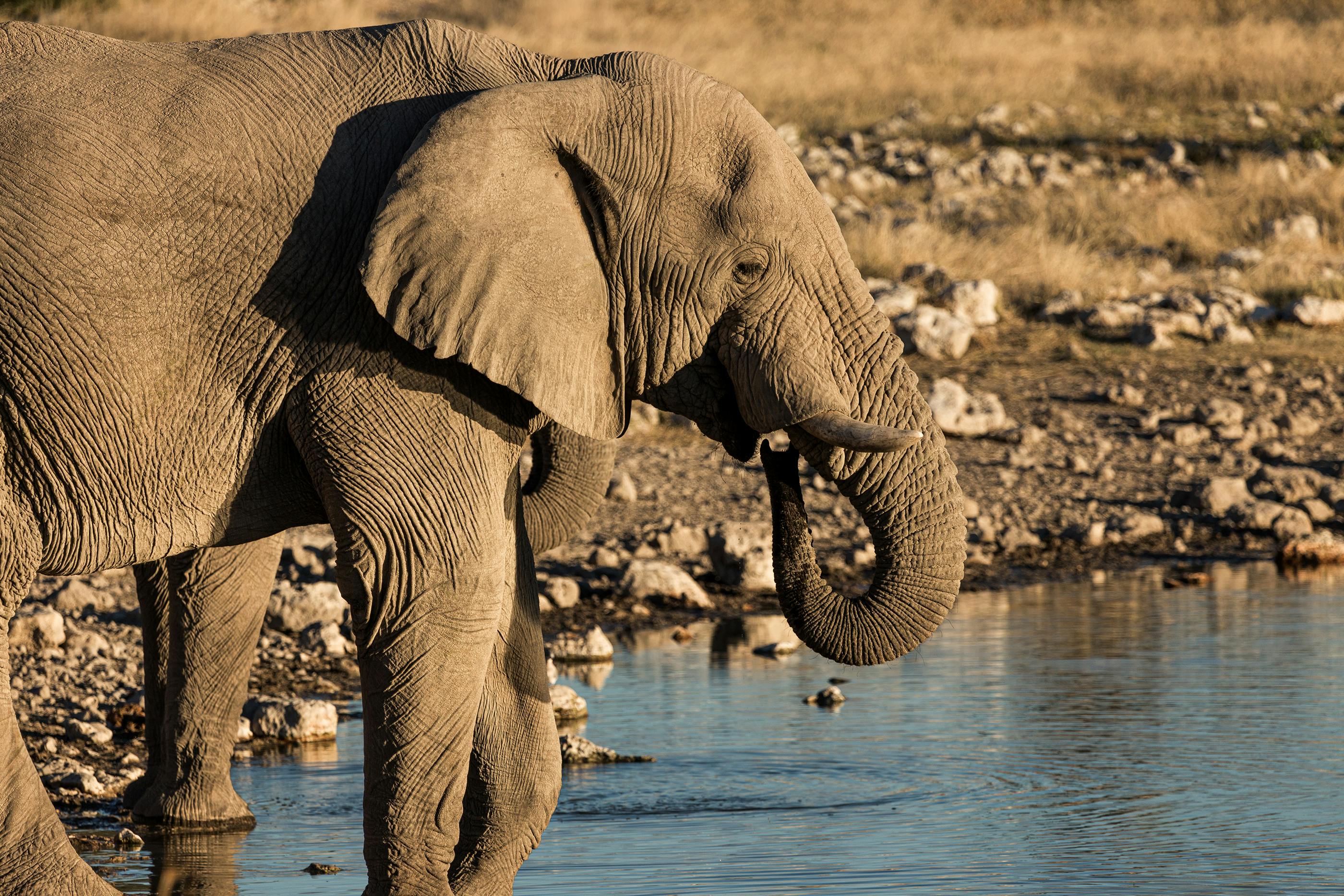Effective Ways to Optimize Your Cherry Shrimp Tank in 2025

Apply Now


Effective Ways to Optimize Your Cherry Shrimp Tank in 2025
Installing a cherry shrimp tank can be an incredibly rewarding experience, especially if you're passionate about freshwater aquaristics. The vibrant colors and unique behaviors of cherry shrimp make them a fascinating choice for both beginners and experienced aquarists. In 2025, optimizing your cherry shrimp tank goes beyond the basics; it involves a deeper understanding of their habitat requirements, feeding habits, and community dynamics. In this article, we will explore essential tips for creating the ideal environment for your cherry shrimp, including tank setup, care, breeding, and compatible tank mates. We will also dive into topics like water parameters, maintenance routines, and the best plants for your cherry shrimp tank. By the end of this guide, you'll be equipped with the knowledge necessary to maintain a thriving and beautiful aquatic ecosystem for your cherry shrimp.Understanding Cherry Shrimp Tank Setup
Building a successful cherry shrimp tank starts with understanding their unique needs. A well-planned cherry shrimp tank setup is vital for their health and well-being. Firstly, you should consider the cherry shrimp tank size; a minimum of 10 gallons is recommended to provide ample space for these active creatures.Choosing the Right Tank Size
For cherry shrimp, tank size plays a crucial role in their growth and breeding success. A larger cherry shrimp tank allows for better water quality management and more stable water parameters, reducing the stress that can lead to illness. Typically, a 20-gallon tank or larger can house a thriving population, providing sufficient room for territories and foraging without overcrowding.Cherry Shrimp Tank Filtration and Water Parameters
Proper filtration is key to maintaining a cherry shrimp-friendly environment. Investing in a sponge filter can minimize the risk of shrimp getting sucked into the system. It's also essential to monitor cherry shrimp water parameters; the ideal water temperature is between 68°F to 78°F, with a pH of 6.5 to 8.0, and soft to moderately hard water conditions for optimal health and breeding.Cherry Shrimp Tank Decoration and Aesthetic
A visually appealing setup not only benefits your cherry shrimp but also enhances the overall aesthetics of your aquarium. Incorporating natural elements, such as driftwood and rocks, creates hiding spots, which can reduce stress and improve the cherry shrimp's sense of security. Additionally, using colorful plants can help to promote cherry shrimp color retention and overall health.Essential Cherry Shrimp Care Practices
Once you've set up your cherry shrimp tank, the next step is to ensure you provide proper care. Understanding their dietary needs, breeding habits, and health concerns will contribute to a thriving shrimp population.Cherry Shrimp Feeding Schedule and Nutrition
Cherry shrimp are omnivores, which means they thrive on a varied diet. It’s important to provide quality cherry shrimp food that includes pellets, algae wafers, and fresh vegetables. Feeding them 1-2 times a day in small amounts helps reduce waste and keeps the tank clean. Ensuring that their cherry shrimp food is nutrient-rich can enhance their colors and promote a healthy breeding cycle.Managing Cherry Shrimp Behavior and Health Issues
Monitoring your cherry shrimp’s behavior is essential to quickly identify any health issues. Common signs of stress include lethargy and abnormal swimming. Regular health checks and water testing can help catch potential problems early—allowing you to manage water quality effectively and maintain an ideal environment. If your shrimp show signs of stress, consider assessing the cherry shrimp tank environment for poor water parameters, temperature fluctuations, or any possible tank mates causing stress.Cherry Shrimp Breeding Techniques
Breeding cherry shrimp can be a rewarding aspect of keeping them. For successful breeding, provide high-quality shrimp food and maintain stable water conditions. Females will carry eggs for around 30 days; during this time, ensure that the tank remains peaceful, and avoid adding any aggressive tank mates. With proper care and conditions, you'll soon witness baby shrimp that contribute to the overall population.The Best Plants for Your Cherry Shrimp Tank
Plants are an essential part of any cherry shrimp habitat, as they provide shelter, breeding sites, and algae for feeding. Selecting the right plants can also enhance the beauty and health of your aquarium.Top Cherry Shrimp Aquarium Plants
Among the best plants for cherry shrimp tanks are Java Moss, Anubias, and Hornwort. These plants not only provide excellent hiding spots but also thrive in the parameters preferred by cherry shrimp. Their dense structure allows shrimp to graze on biofilm and algae, creating a nutrition-rich environment that mimics their natural habitat.Incorporating Aquatic Plants for Optimal Growth
To create a bioactive tank, integrate fast-growing aquatic plants like Water Sprite and Elodea. These plants can absorb excess nutrients, aiding in controlling algae while providing necessary oxygenation. Regular pruning will ensure they neither outgrow the tank nor overshadow the shrimp.Cherry Shrimp Habitat Restoration Techniques
Restoring a bioactive tank may involve methods such as maintaining a balance of shrimp and plant species, performing regular water changes, and utilizing natural materials like leaf litter. Creating a diverse aquatic ecosystem allows for sustainable shrimp keeping, which positively impacts their growth rate and lifespan.Maintaining a Balanced Cherry Shrimp Community Tank
When creating a community tank for cherry shrimp, selecting compatible tank mates is crucial. Understanding shrimp compatibility with other aquatic species will ensure peaceful coexistence and a stress-free environment.Choosing Compatible Tank Mates
Tank mates for cherry shrimp include peaceful species such as snails, small tetras, and dwarf rasboras. Avoid aggressive or large fish that may see shrimp as prey. Researching cherry shrimp mating behavior will help in selecting appropriate tank mates that do not disturb the shrimp's breeding cycles.Best Practices for Managing Tank Territories
To minimize territorial disputes, provide ample hiding spaces using decorations, driftwood, and plants, allowing each shrimp to establish its space. Observing their behavior will ensure that stress factors are kept to a minimum, promoting a healthier shrimp population.Cherry Shrimp Compatibility Considerations
While some species are friendly, others may pose a threat to cherry shrimp. Conduct thorough research on freshwater shrimp compatibility before introducing new species. The balance of your shrimp tank ecosystem depends on understanding the behaviors and needs of both partners.Conclusion: Maintaining an Optimal Cherry Shrimp Tank Environment
Creating and maintaining a thriving cherry shrimp tank requires dedication and attention to detail. Consider all aspects, from tank size and setup to proper feeding and plant selection. By focusing on their care, breeding, and community dynamics, you can create a beautiful and sustainable environment that ensures the longevity of your cherry shrimp. Implementing these effective strategies will optimize your cherry shrimp tank in 2025, enhancing the experience of keeping freshwater shrimp. Not only can you enjoy their beauty and unique behaviors, but you’ll also contribute to their thriving population in your aquarium.
